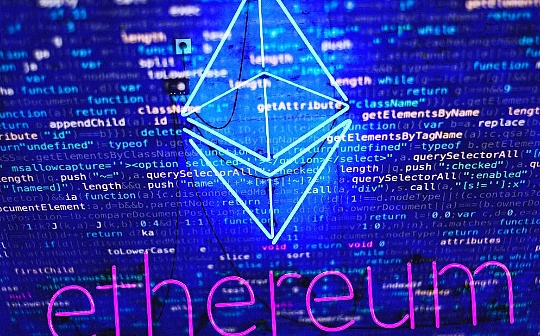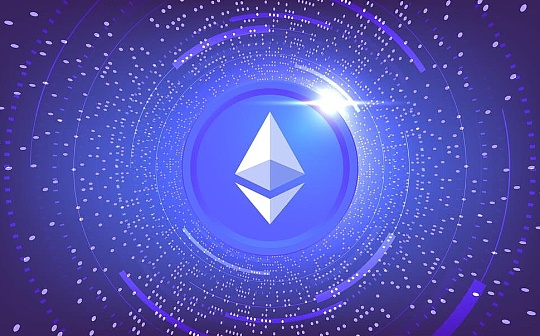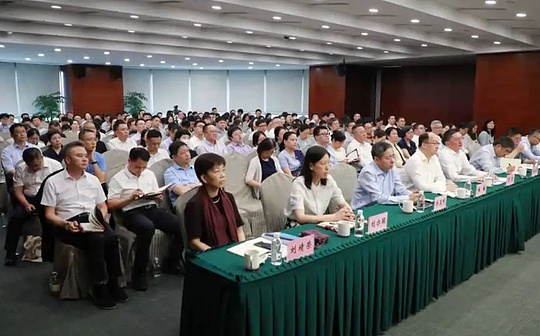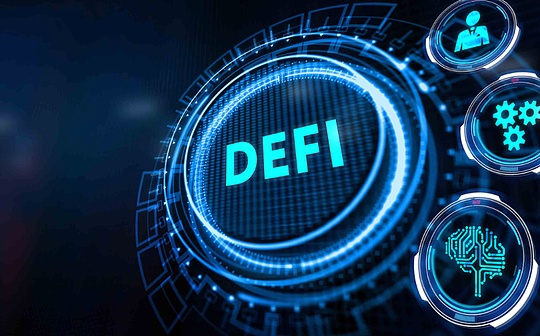
Written by: Haotian
How to understand @VitalikButerin’s thoughts on Ethereum transaction confirmation method?Because the transaction confirmation time of the main network 5-20s is close to the speed of credit card consumption level, it seems enough from the user’s perception alone.However, compared with the confirmation time of layer2 millisecond level, there will be certain security risks in the transaction confirmation difference between the main network and layer2. Therefore, optimizing the transaction confirmation time of the main network is more about catering to the consideration of layer2’s development strategy?
1) The current Gasper consensus mechanism of Ethereum adopts the core concepts of Slot (time slot) and Epoch (time period). Each Slot lasts for 12 seconds. A part of Validators will be selected to verify the current transaction status of the chain for voting. Every 32 Slots will also beThat is, 6.4min will form a period, and basically all validators will complete the voting within a period.Finality usually takes two periods, i.e. 12.8 minutes, which means that it will only have irreversible characteristics after 12.8 minutes after a transaction is initiated.
2) Vitalik believes that the time is too long and expressed dissatisfaction with the current Gasper consensus mechanism. He proposed a Single-slot finality single slot finality improvement method, which can ensure that each block completes the finality before the next block is generated.Confirmation, so the final confirmation time can be accelerated.It’s just that the final confirmation and transaction confirmation are two different things, which is not much related to the 5-20s transaction confirmation perceived by the user, but if it corresponds to the layer2 network, it will be a big problem.
3) Because the time for layer2 users to submit and confirm transactions will be shorter, not only better than the user perception time of 5-20s, but may reach the millisecond level.This is due to the pre-transaction confirmation mechanism adopted by layer2 as a whole.However, if the transaction end-of-time confirmation time of layer1 main network is too long, theoretically there will be some time difference risks on layer2: For example, the user quickly confirms on L1 and takes subsequent operations, but it may be caused by the status confirmation lag of L1.Funding loss; Moreover, since layer2 itself has certain centralized risks, the longer the time difference will have unknown risks of potential centralized chaos.
4) So, in my opinion, the optimization of the transaction confirmation time of Ethereum main network is to some extent to cater to the grand strategy jointly promoted by the layer2 system and the layer1 system.Although some people in the market are criticizing layer2, layer2 has become a must-stabilize direction in the development of Ethereum.
Obviously, Ethereum will definitely be promoting the “layer” strategy in the future. It will be the general trend to rely on layer1 to focus on security and decentralization, and rely on layer2 to provide a stable and reliable interactive settlement environment.Vitalik proposed to accelerate transaction confirmation, essentially to reduce the layered friction between layer1 and layer2, and to give users a better front-end interactive environment for layer2 and a safer back-end settlement basis.






